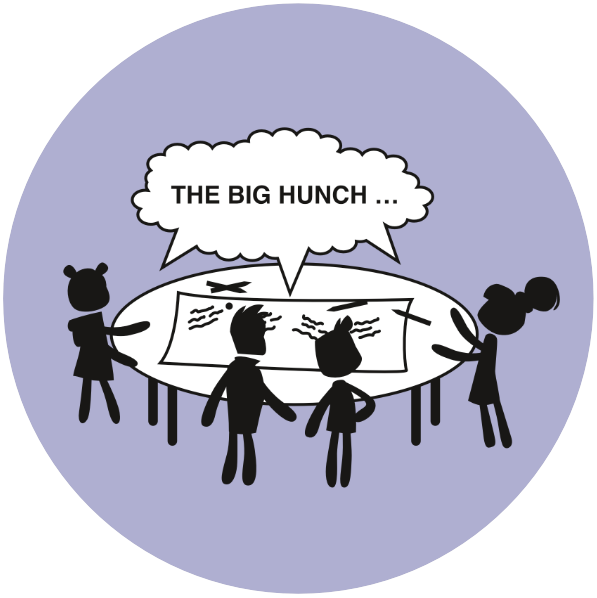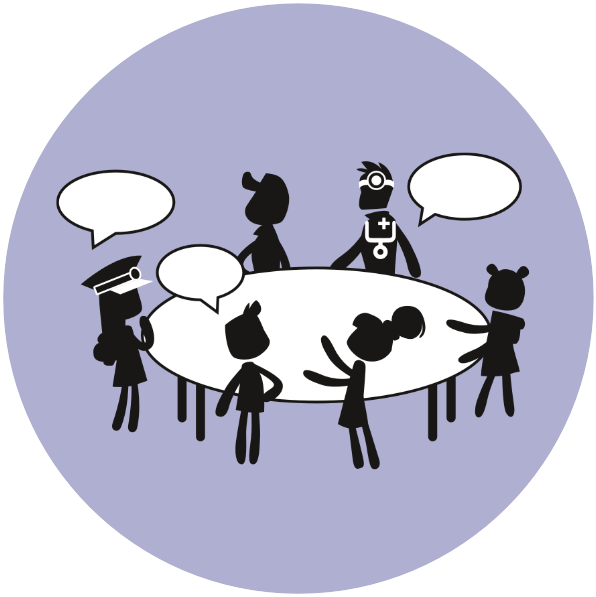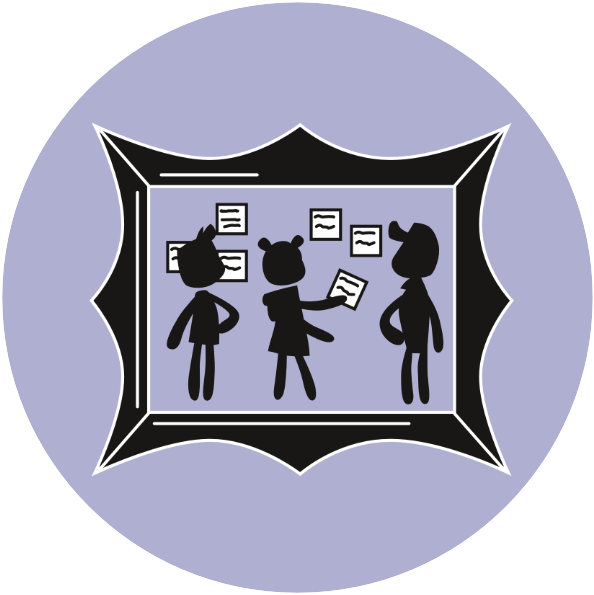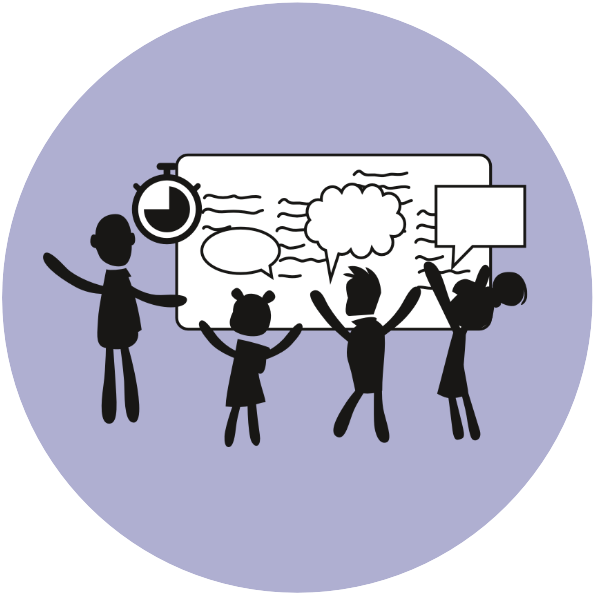
31. What If?
Often, when embarking on a development pro ject or study area, we may have some immedi ate ideas that might be interesting or revealing. This method allows an initial brainstorm where everybody can express their immediate “Gut Feeling”, “Hunch” or “Intuition.” Let’s not forget that even scientists start their work by forming a hypothesis!

32. Inspiration
No man (or woman) is an island – we are all influenced, intrigued and inspired by what others have done before, or by things we can find in nature or in the man-made world. Inspiration can come from observing how an eggshell protects the yolk, how other people have solved issues, but you can also be inspired emotionally or aesthetically by looking at vintage posters or autumn leaves. Avoid imitation, do not steal other people’s solutions, but transform inspiration into new ideas!

34. Multiple Perspectives
This method is concerned with acquiring ideas, opinions and insights from a group of different people who are experienced or specialists in a specific theme or challenge, and using that diversity of knowledge and opinions as inspiration for idea generation. The more diverse the group members, the better!

35. Creative Constraints
Limitations can actually enhance creativity! When everything is possible and no limits are set, it can be difficult to get started on a project or be creative. This method stresses the need to create a stimulating framework or set of ”constraints” that will promote the necessary focus and boost creativity.

36. Brainstorm
This is a classic ideation method that can help you develop multiple ideas with other people quickly. The important thing here is to avoid criticism and keep an open mind towards all ideas and suggestions. It is important to have a responsible person as a facilitator to keep the energy and motivation high, and to respect the time limit. A fun twist to the exercise is to do an ”inverse brainstorm”, where ideas for creating really bad solutions or to enhance problems are ideated. This creates lots of fun and laughter and often reveals relevant aspects of an issue. It is also a good warming up exercise!
All FUTE project materials are licensed under CC BY-NC-SA 4.0
5C and 6C Models © Anne Katrine Gøtzsche Gelting and Silje K.A. Friis.













